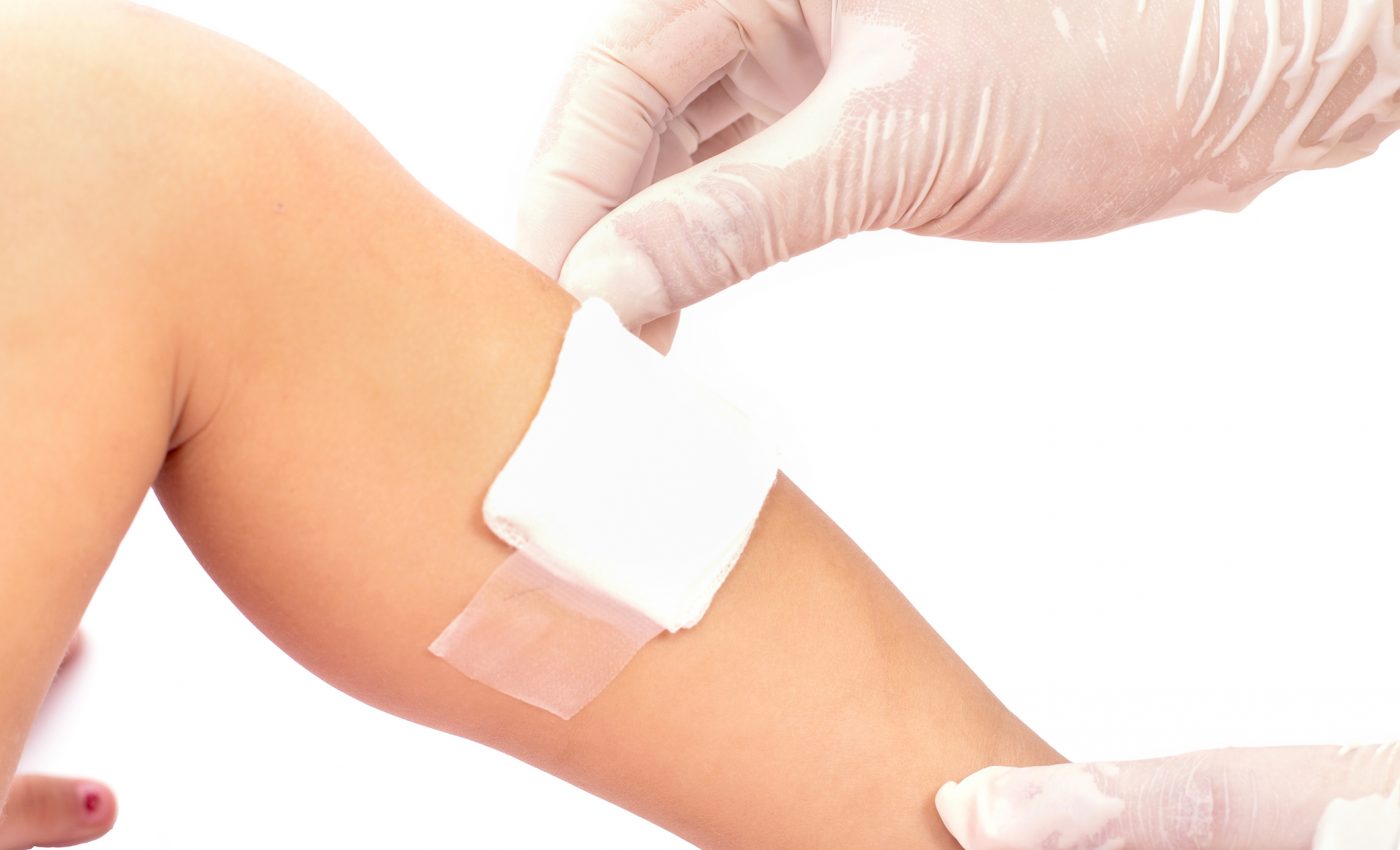
New smart bandages will be able to monitor the healing progress of wounds
A team of engineers at Heriot-Watt University is developing a microsensor that can track changes in a wound as it heals. The sensor will ultimately be used in smart bandages to keep doctors and patients informed on the progress.
Wounds such as cuts, burns, and surgical incisions cause significant pain to patients and their treatment can take up a lot of clinical resources, including time and money.
Dr. Michael Crichton, a biomedical engineer at Heriot-Watt, has received a grant from the Engineering and Physical Sciences Research Council (EPSRC) to develop the microsensor. The device will detect tiny, microscale changes which occur in the body tissue as a wound heals.
Dr. Crichton has been collaborating on the two-year project with Dr. Jenna Cash, a specialist in wound healing immunology at the University of Edinburgh.
“We want to understand what actually happens in a wound. Lots of research has looked at the biological properties of wounds, but we know very little about the mechanics of how wounds heal, especially at the microscale, which is where changes are happening at sub-hair width scales,” said Dr Crichton.
“We’re working to create a small sensor that can be embedded in a bandage to measure changes in a wound’s properties without interfering with the process. The sensor will make small mechanical measurements – much like how a doctor would prod a lump – and will tell us how the tissue is changing, or whether the wound needs a different dressing or treatment.”
Dr. Crichton explained that, currently, the progress of a wound is based on self-reported pain levels by patients and by how the wound appears to the naked eye of health professionals. “Our smart sensor will alert the patient and their care team when intervention is needed to make sure the wound heals better, or when it is all progressing nicely under the bandage.”
According to the researchers, the findings could later be applied to other tissues and organs, such as for monitoring liver or kidney damage.
“This is an innovative, patient-focused research project that addresses the urgent need for us to better understand wounds,” said Dr. Cash. “Our work on the immunological response during healing is reflected in mechanical changes, and anything that combines these has the potential for new therapies in this area.”
—
By Chrissy Sexton, Earth.com Staff Writer
Image Credit: Shutterstock/Tatumphoto9129













